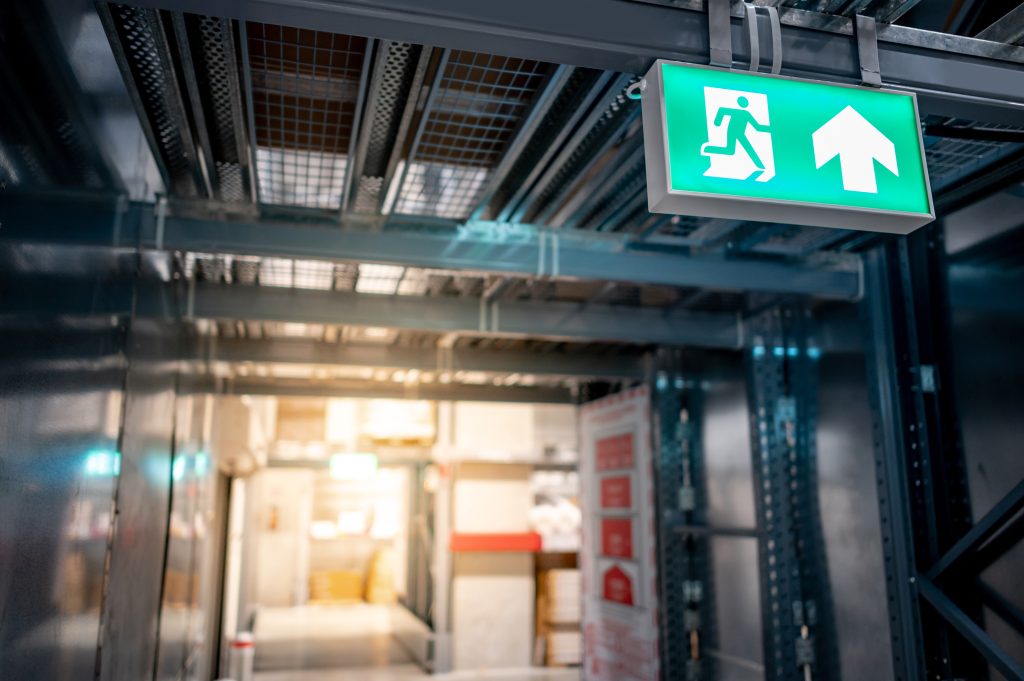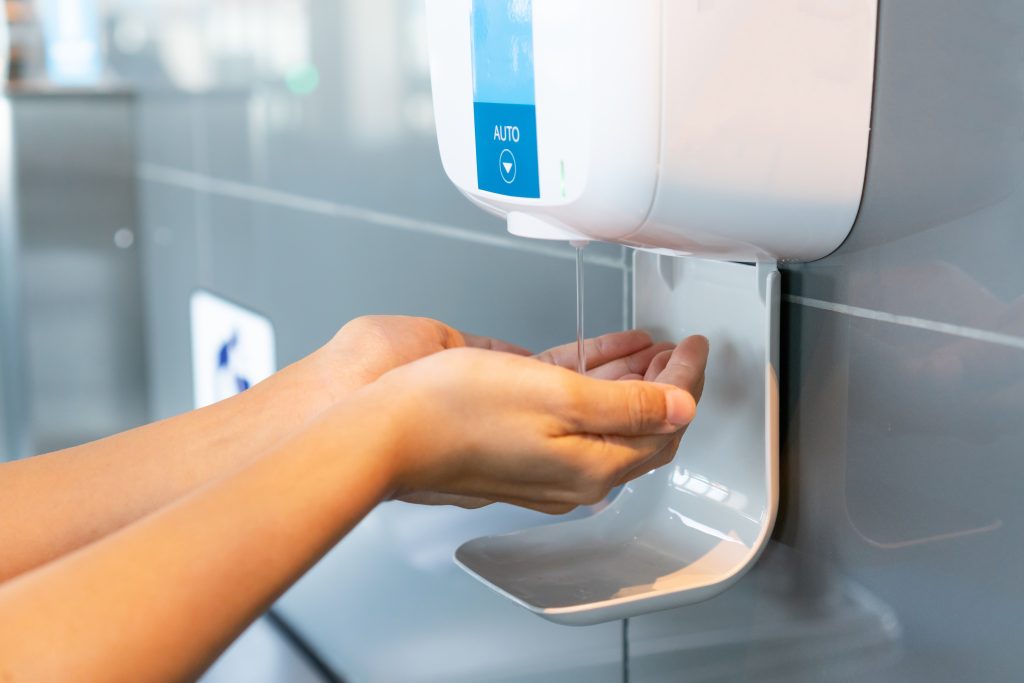The cleaning industry is evolving at a rapid pace, driven by new technologies, heightened expectations for hygiene, and a growing emphasis on sustainability. As we look ahead to 2025, several key trends are set to shape the future of commercial cleaning. At MA Services Group, we are always looking to utilise the latest innovations to provide the highest level of service for our clients. Here are the top cleaning trends to watch in 2025.
- Rise of Autonomous Cleaning Robots
Autonomous cleaning robots have been making waves in recent years, but their adoption is set to skyrocket in 2025. Driven by the new boom of AI and technology innovations these robots, equipped with advanced sensors and AI capabilities, can navigate complex environments and handle repetitive tasks like vacuuming, sweeping, and mopping.
The latest models feature enhanced mapping technology, allowing them to create more accurate cleaning paths, avoid obstacles, and even perform targeted spot cleaning. For large facilities such as airports, shopping centres, and hospitals, autonomous robots offer a consistent, efficient, and cost-effective cleaning solution.
Key Takeaway: Autonomous cleaning robots help streamline operations, reduce labour costs, and maintain high cleanliness standards in large, high-traffic areas.
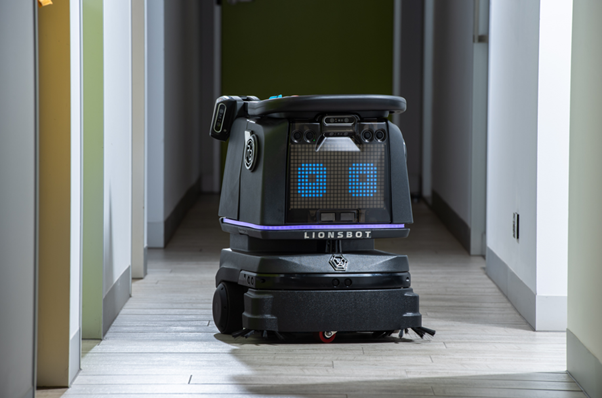
- Enhanced Focus on Indoor Air Quality
The importance of indoor air quality (IAQ) has gained significant attention, especially in the wake of the COVID-19 pandemic. Poor air quality can lead to various health issues, including respiratory problems and allergies. In 2025, we expect a continued focus on cleaning practices that improve IAQ in commercial spaces.
This includes the use of HEPA-filter vacuum cleaners, air purifiers, and cleaning products that do not release harmful VOCs (volatile organic compounds). Regular HVAC system maintenance and air duct cleaning will also become standard practices to ensure clean, healthy indoor air. UV technology is increasingly being used to sterilise and clean air, playing a crucial role in improving air quality, especially in new office fit-outs designed to meet WELL Certification standards for healthier work environments.
Key Takeaway: Focusing on indoor air quality enhances the overall health and well-being of building occupants, making it a critical aspect of modern cleaning services.
- Eco-Friendly and Green Cleaning Solutions
Sustainability continues to be a top priority for businesses and consumers alike. In 2025, the demand for eco-friendly and non-toxic cleaning products will be stronger than ever. Companies are shifting away from harsh chemicals and opting for green cleaning solutions that are safe for both the environment and human health.
These eco-friendly products are formulated with natural ingredients, are biodegradable, and come in recyclable packaging. Additionally, businesses are increasingly adopting sustainable practices such as reducing water usage, minimising waste, and implementing energy-efficient equipment.
Key Takeaway: Green cleaning solutions help reduce environmental impact while catering to growing client demand for sustainable practices. They are great alternatives to minimise the impact on the environment and safeguard the health and safety of people.
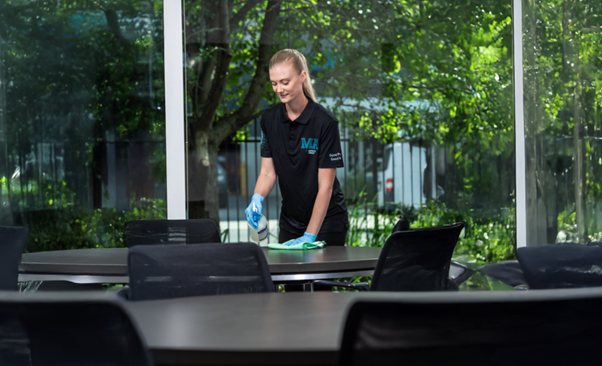
- Smart Cleaning Technology and IoT Integration
The integration of Internet of Things (IoT) technology is transforming the cleaning industry by providing data-driven insights and optimising cleaning processes. In 2025, we expect to see widespread adoption of smart cleaning devices that can monitor and report on cleaning performance in real time.
For example, smart dispensers for soap and sanitiser can track usage and automatically alert staff when refills are needed. IoT sensors can monitor foot traffic in restrooms or common areas, triggering targeted cleaning when necessary. Bathroom survey kiosk technology is being utilised, allowing users to rate cleanliness instantly and provide real-time feedback for improved maintenance and hygiene standards. This approach ensures resources are used efficiently, enhances service quality, and minimises downtime.
Key Takeaway: Smart cleaning technology improves efficiency, reduces waste, and provides valuable data to enhance overall cleaning strategies.
- Emphasis on Health and Safety Training for Cleaning Staff
The role of cleaning staff has never been more crucial, and in 2025, there will be an increased emphasis on comprehensive health and safety training. Cleaning teams are the first line of defence against the spread of germs and viruses, making proper training essential.
Training programs will cover topics such as the correct use of personal protective equipment (PPE), safe handling of cleaning chemicals, and updated protocols for disinfecting high-touch surfaces. Providing ongoing education helps ensure that staff are knowledgeable, confident, and equipped to maintain high safety standards.
Key Takeaway: Investing in health and safety training for cleaning staff enhances the quality of service and helps prevent the spread of infectious diseases.
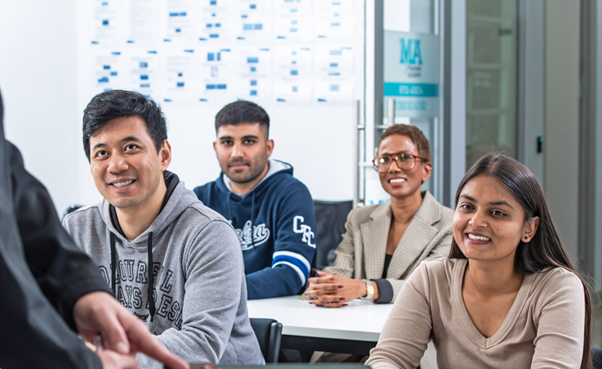
- Increased Use of Electrostatic Sprayers and UV-C Light
Disinfection has become a key focus in the cleaning industry, and advanced technologies like electrostatic sprayers and UV-C light are leading the way. In 2025, we anticipate a greater reliance on these methods for high-touch surface disinfection and deep cleaning.
Electrostatic sprayers work by applying an electric charge to disinfectants, allowing them to adhere evenly to surfaces for thorough coverage. UV-C light disinfection, on the other hand, uses ultraviolet light to kill bacteria, viruses, and other pathogens at a microscopic level. These technologies are especially useful in healthcare settings, educational institutions, and other environments where hygiene is critical.
Key Takeaway: Advanced disinfection technologies like electrostatic sprayers and UV-C light provide effective, efficient ways to maintain high hygiene standards.
- Customised Cleaning Plans and On-Demand Services
As client needs become more specific, the demand for customised cleaning plans and on-demand services is rising. In 2025, we expect to see more tailored solutions that cater to the unique requirements of different industries, from office buildings to retail spaces and industrial facilities.
For instance, some businesses may require additional disinfection services during flu season, while others might need enhanced deep cleaning after major events. On-demand services offer flexibility and ensure that clients receive exactly what they need, when they need it, without unnecessary costs.
Key Takeaway: Customised cleaning plans and on-demand services provide flexibility, meet specific client needs, and improve overall satisfaction.
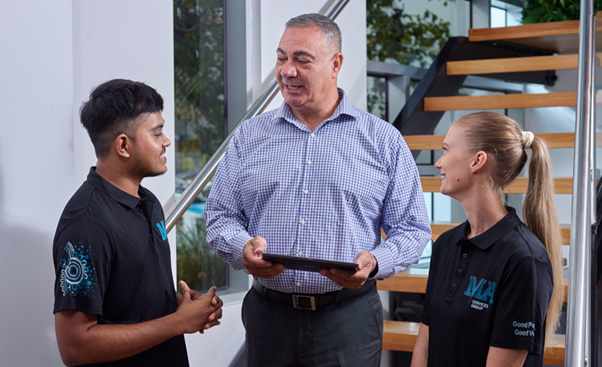
Conclusion
The cleaning industry in 2025 is set to be more innovative, efficient, and environmentally conscious than ever before. From autonomous robots and smart technology to eco-friendly solutions and advanced disinfection methods, these trends are shaping a future where cleanliness, health, and sustainability are prioritised.
At MA Services Group, we are committed to staying ahead of these trends, continuously adapting our services to meet the evolving needs of our clients. Whether it’s leveraging the latest technology or adopting sustainable practices, we are dedicated to providing top-quality cleaning solutions that make a difference.
If you’re ready to elevate your cleaning strategy and stay ahead of the curve in 2025, contact our team today to learn how we can help you achieve your goals.

